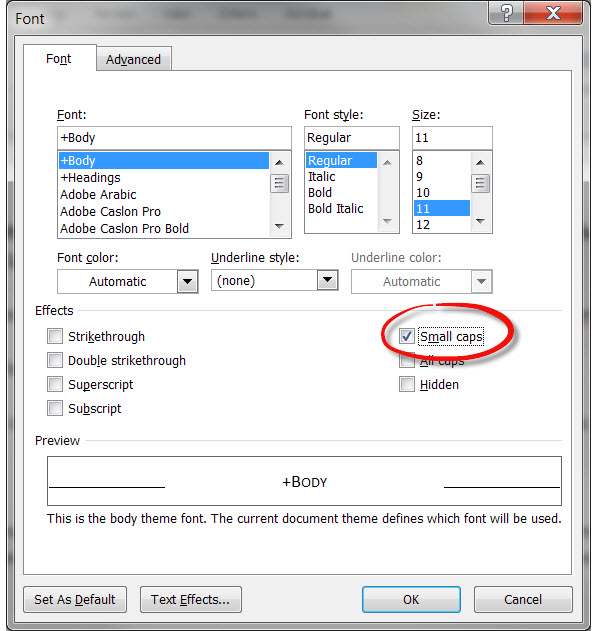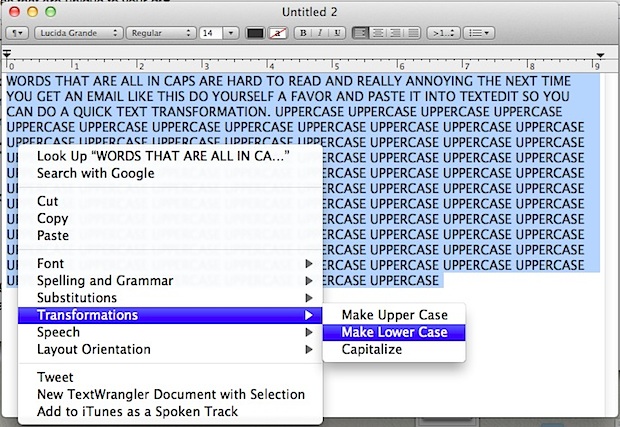Dragon automatically capitalizes most words when appropriate. For example, Dragon recognizes and automatically capitalizes the first word in a sentence, most names and places, and many acronyms.

How To Use Small Caps In Word
To apply small capital (Small Caps) to your text, select the text, and then on the Home tab, in the Font group, click the arrow in the lower-right corner. In the Font dialog box, under Effects, select the Small Caps check box. To undo the case change, press CTRL+ Z. Aug 10, 2016 If you want to use your keyboard to change the case on some text, select the text and then press Alt+H to activate the Home tab. Then press “7” and then choose an option, such as “S” for Sentence case, “l” (a lowercase L) for lowercase, “U” for UPPERCASE, “C” for Capitalize Each Word, or “t” for tOGGLE cASE. Feb 04, 2020 Instead, use the Word Change Case tool to change some or all of the text to a different case, such as all caps. Instructions in this article apply to Word for Microsoft 365, Word 2019, Word 2016, Word 2013, and Word 2010. In order to get the small caps, you have to go through a few more steps. Right-click on the selected text and choose Font. Now you can check the Small caps box to get small caps text. It would have been more convenient if they just kept it in the Change Case box, but for whatever reason you have to open the Font dialog. Make sure the beginning of each word is capitalized (Optional). You can use the Capitalize Each Word command in the Font group. Press the Small Caps shortcut (Ctrl+Shift+K) As soon as you press this shortcut, the selected text should change to Small Caps. How to Do Small Caps in Word. To do small caps in Word: Select the text you want to apply.

Small Caps In Word 2007

If you need to make adjustments to the capitalization, use these commands.
How To Create Small Caps In Word For Mac 2017
Title CaseTo capitalize a word as you dictate
To capitalize the next string of words as you dictate
To capitalize words you have already dictated
|
LowercaseTo lowercase a word as you dictate
To lowercase the next string of words as you dictate
To lowercase text you have already dictated
|
All CapsTo make a word ALL-CAPS as you dictate
To make the next string of words all-caps as you dictate
To make text you have already dictated all-caps
|